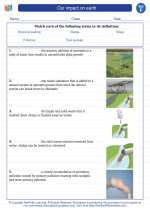Hail
Hail is a form of precipitation that consists of balls or irregular lumps of ice, often in the form of small hailstones. It is typically produced by cumulonimbus clouds during thunderstorms. Hailstones are formed when supercooled water droplets freeze on contact with condensation nuclei, such as dust or dirt particles, within the cloud.
Formation of Hail
1. Updrafts within a cumulonimbus cloud carry water droplets upward into extremely cold areas of the atmosphere, where they freeze and form small hailstones.
2. These hailstones may be carried by the updrafts to higher altitudes, where they accumulate more layers of ice as they collide with supercooled water droplets.
3. Eventually, the hailstones become too heavy for the updrafts to support, and they fall to the ground as hail.
Characteristics of Hail
Hailstones can vary in size, from small pellets to large balls, and can be round or irregularly shaped. The size of hailstones is influenced by the strength of the updrafts within the thunderstorm. Larger hailstones are typically associated with more intense thunderstorms.
Effects of Hail
Hail can cause damage to crops, buildings, and vehicles. In severe cases, large hailstones can pose a danger to humans and animals. Hailstorms can also lead to flooding and other hazardous conditions.
Study Guide
- What is hail?
- How are hailstones formed?
- What factors influence the size of hailstones?
- What are the effects of hail?
◂Science Worksheets and Study Guides Sixth Grade. Our impact on earth
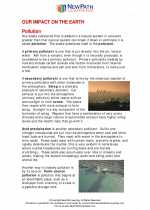
 Worksheet/Answer key
Worksheet/Answer key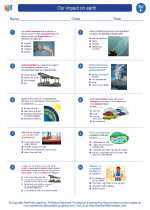
 Worksheet/Answer key
Worksheet/Answer key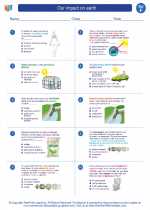
 Worksheet/Answer key
Worksheet/Answer key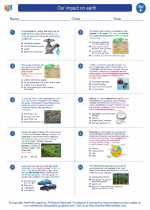
 Vocabulary/Answer key
Vocabulary/Answer key